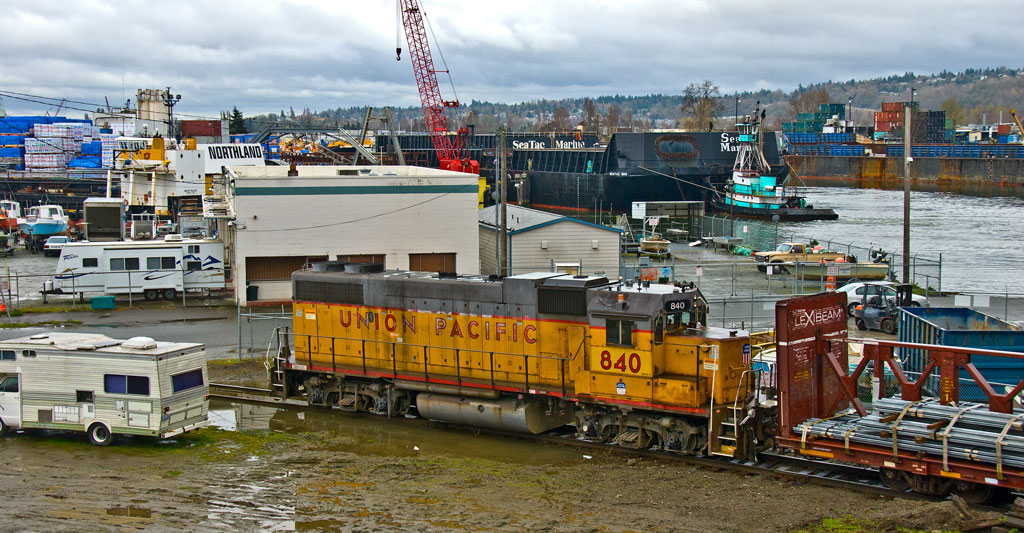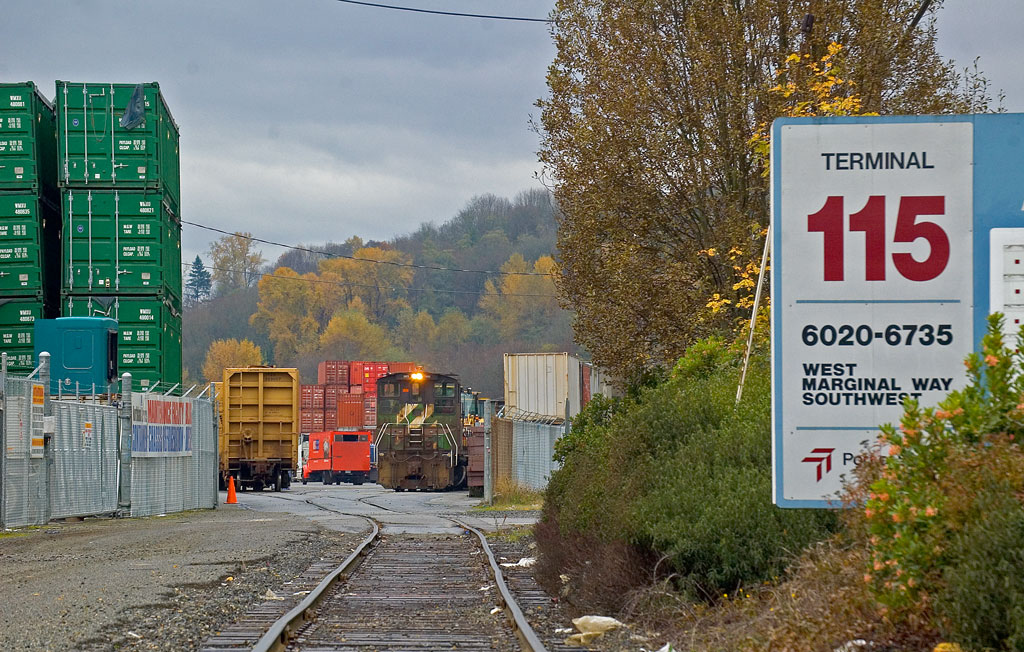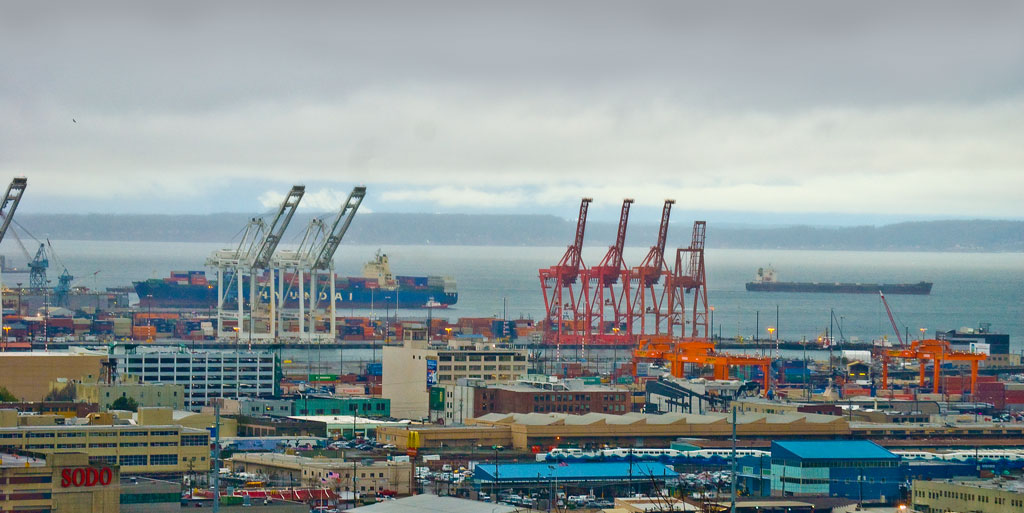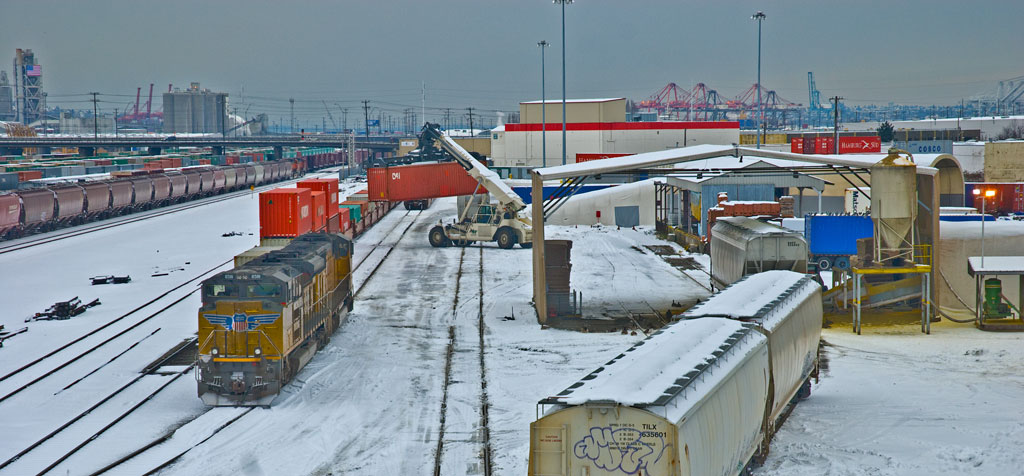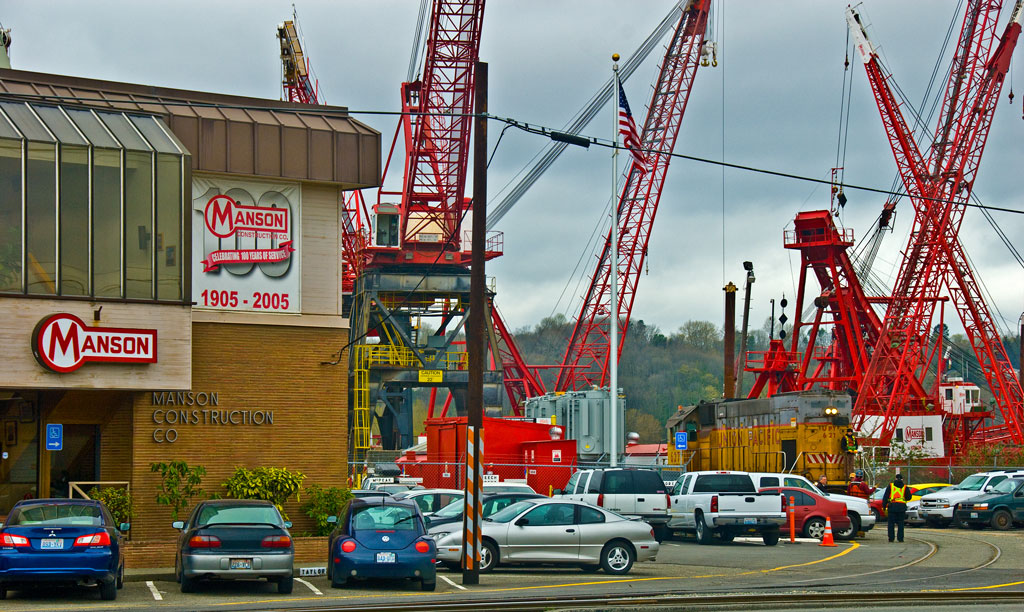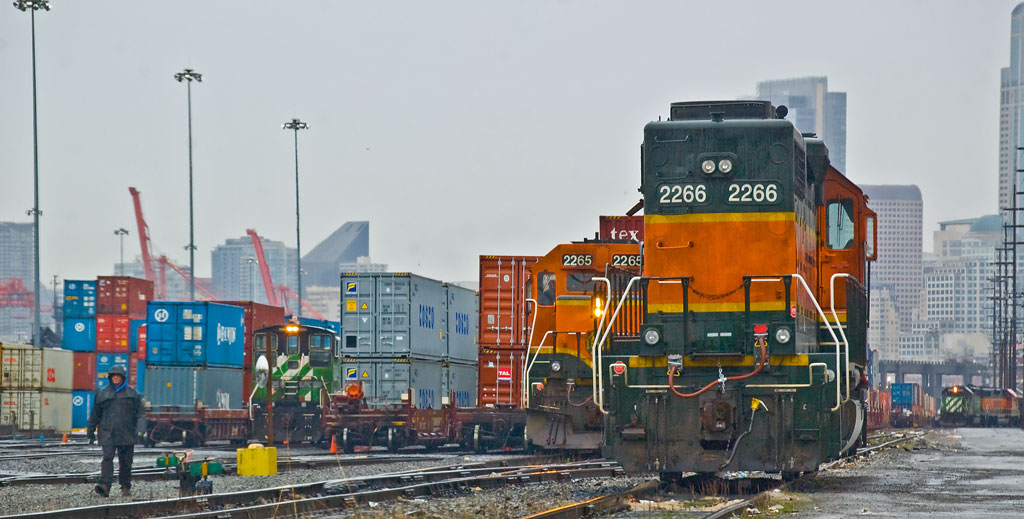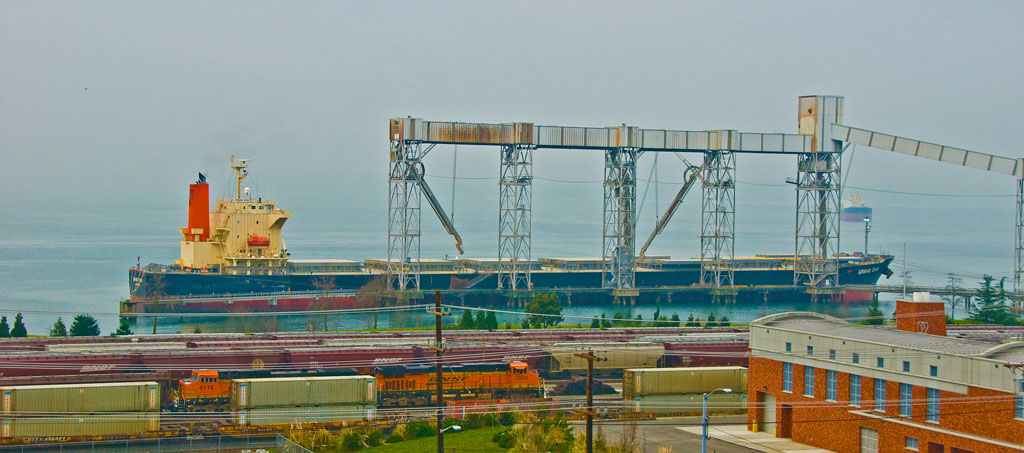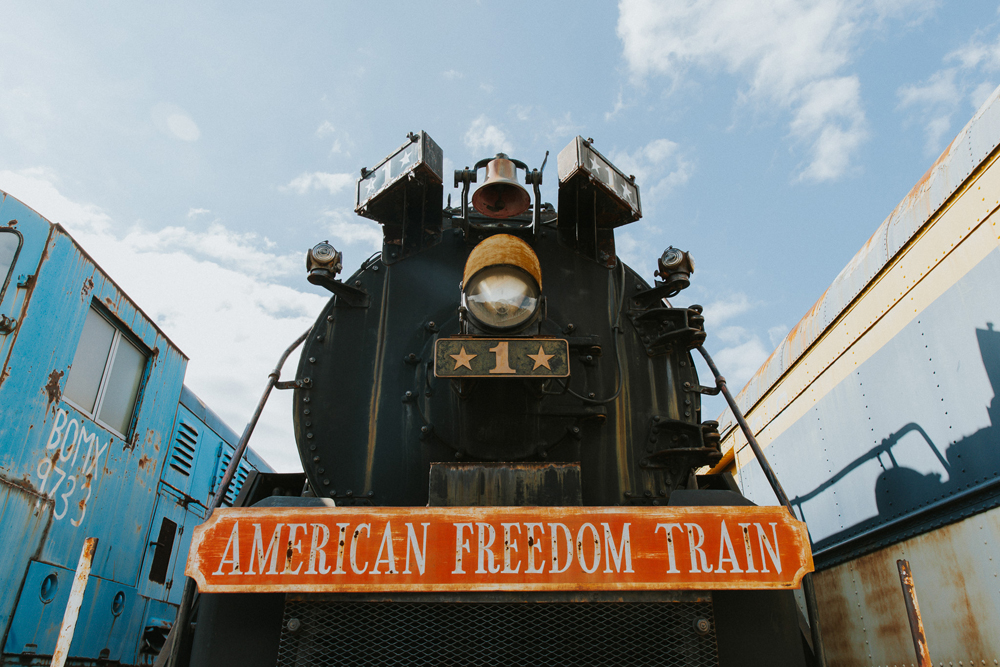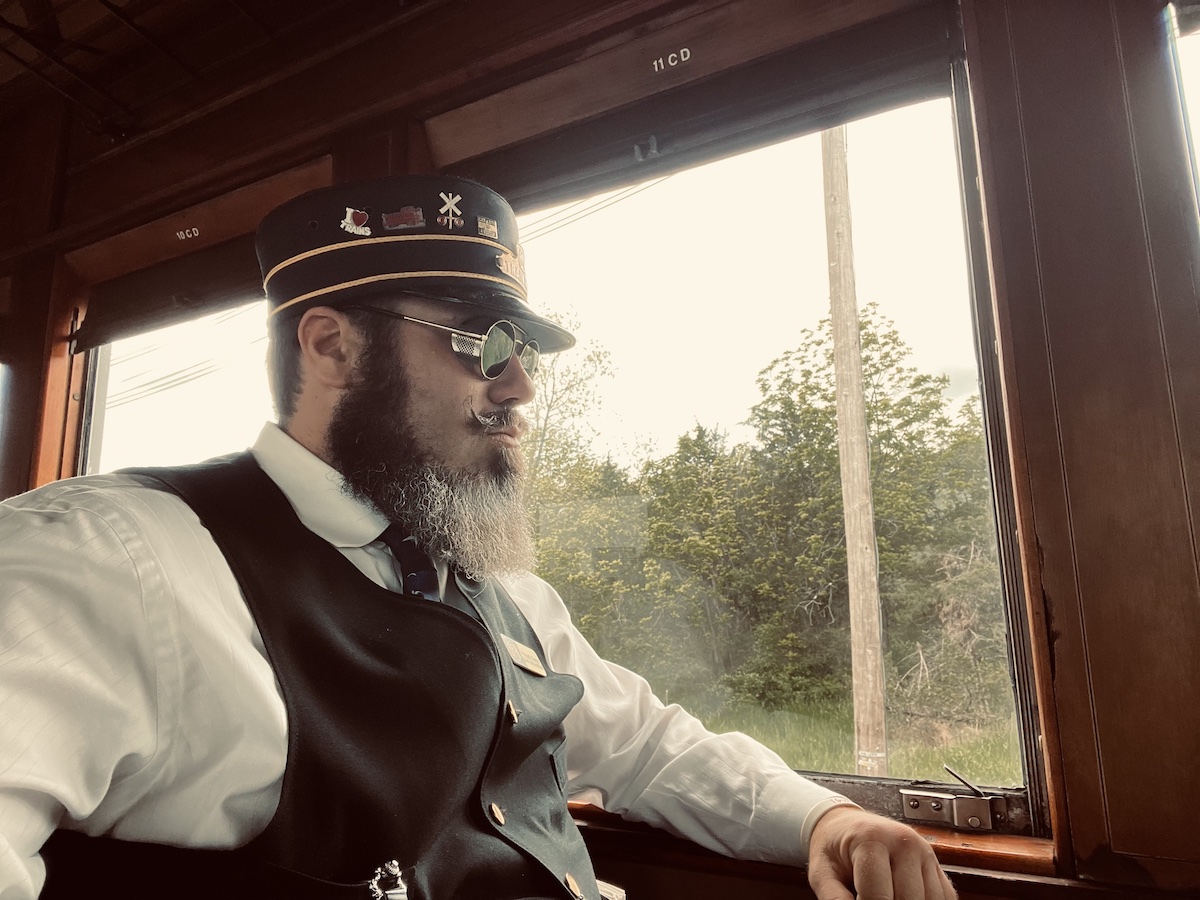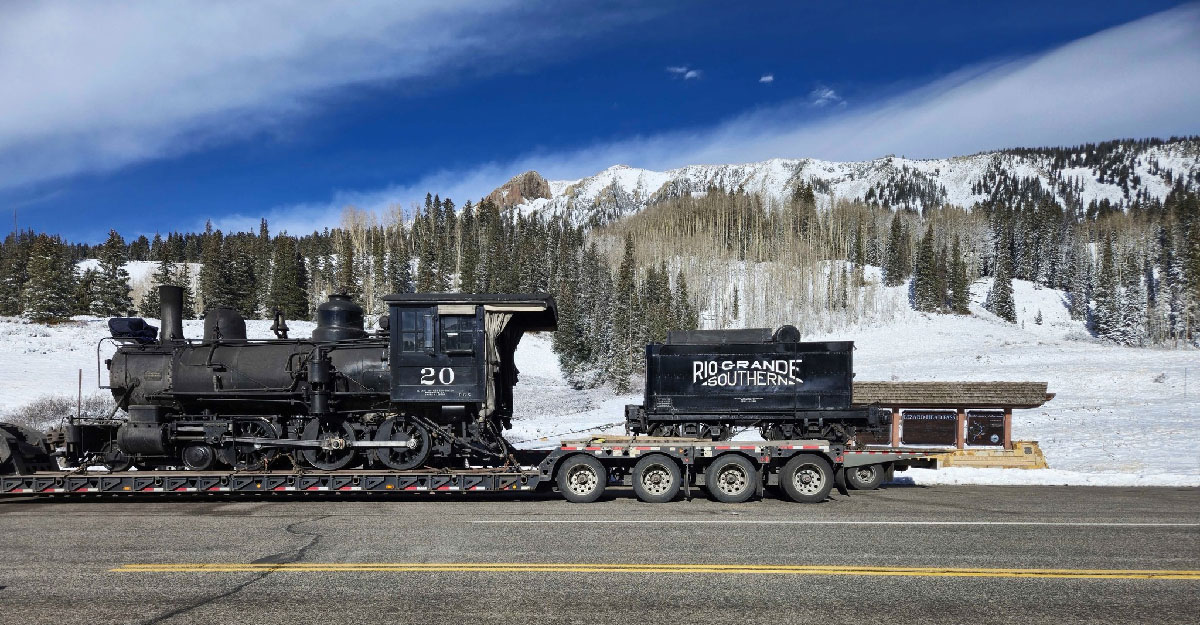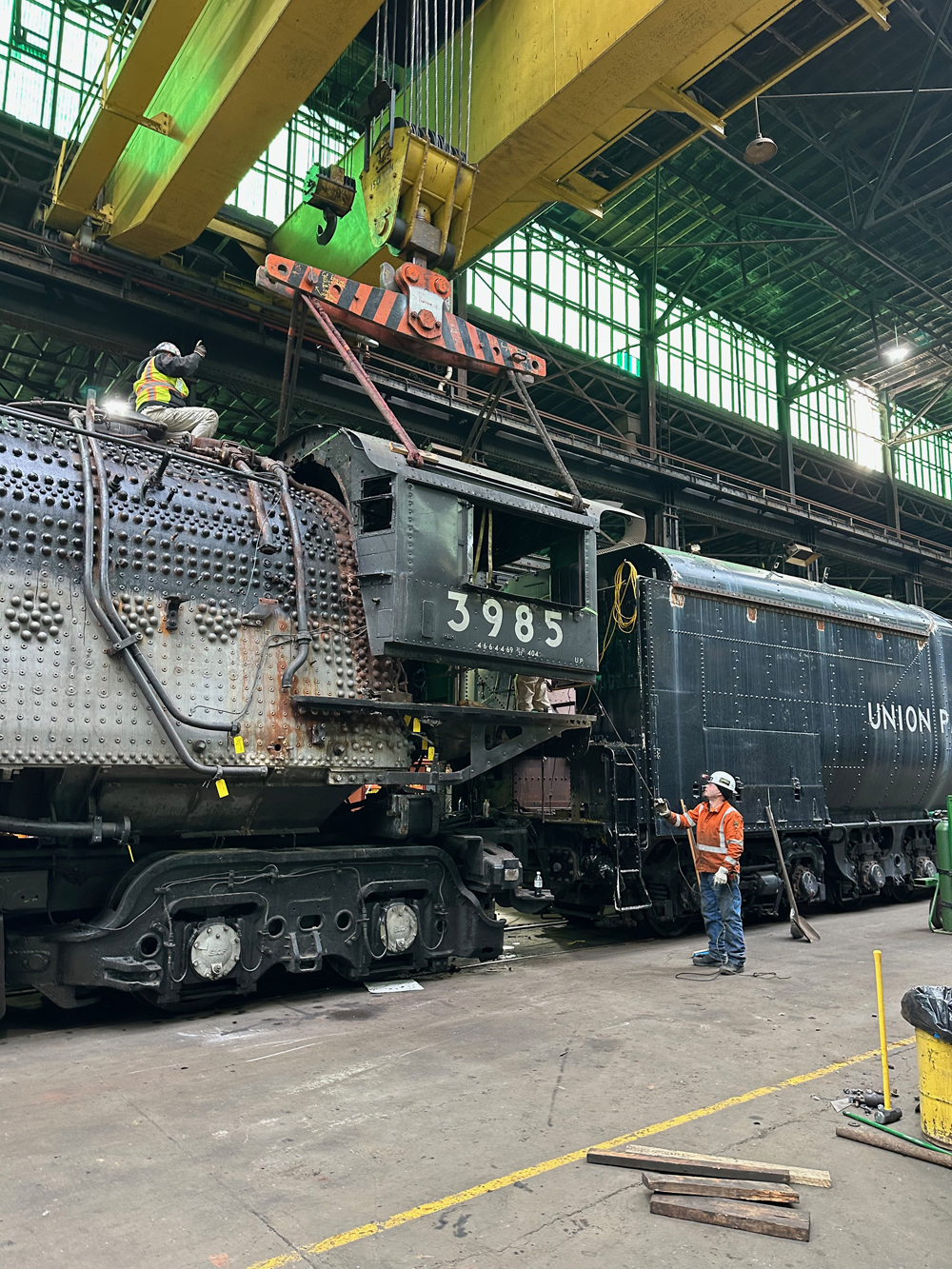Rain City: An Afterword
Now, really, how dim does it get in Seattle? Better not ask. At the time of the winter solstice, there’s twice as much darkness as daylight during each 24-hour period. And the daylight is nothing to write home about. If you are still shooting fine-grain slide film, the most you can hope for is 1/125th of a second at f2.8 or maybe f5.6. At high noon. The rest of us crank up the ISO to 500 or 640 and hope for the best.
The question, though, is why? Why bother? The possibility of capturing that elusive, rank-soaked-city-on-the-Sound zeitgeist doesn’t seem like a completely adequate reason.
What is a zeitgeist, anyway? Maybe what motivates picture-takers is a dim divination that if the pioneers put up with the rain, then we should, too. Perhaps if we let ourselves get wet, instead of just darting from doorway to parking lot, it will put us in closer touch with the old Seattle, not the one Emmett Watson, the former Seattle newspaper columnist, remembered, but the one before it, where almost everyone knew how to dig clams, split cedar shakes, and go back and forth all day on a Swedish fiddle.
Those boys didn’t give a hoot about a little rain. Today’s espresso-sipping, I-Pod-listening Seattleites wouldn’t know what a choker cable was if it hit them. We have metamorphosed into a pale, pallid, pampered, indoor population. The crusty pioneers who hacked the stump farms out of the wilderness where Volvos and Lexuses now tread wouldn’t know what to make of it. A lot of the time, we don’t know what to make of it ourselves. – Benjamin B. Bachman
BENJAMIN B. BACHMAN has written about and photographed the Pacific Northwest extensively.





